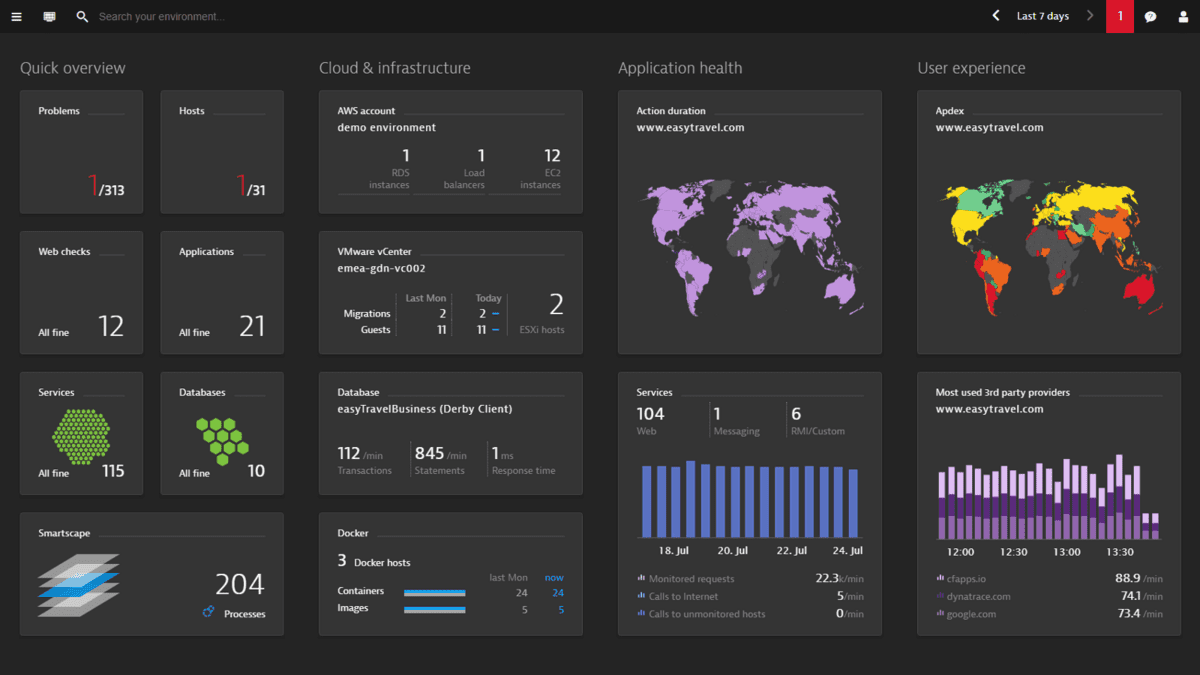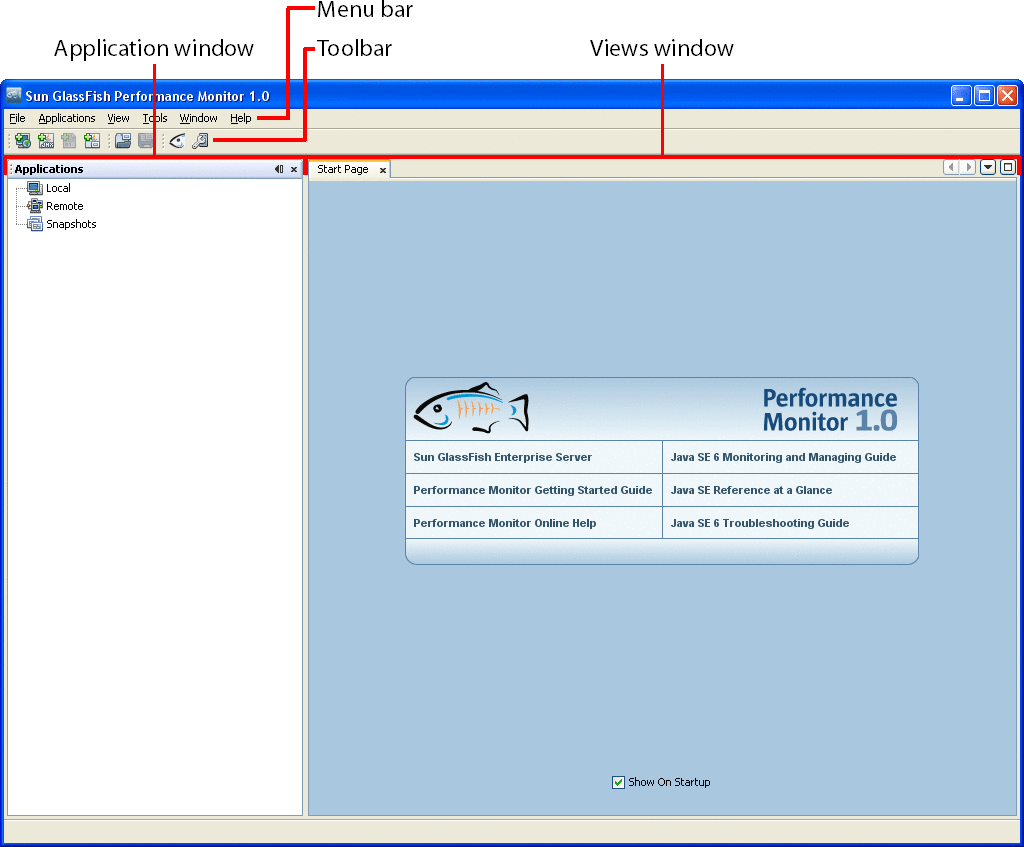

I Just added the following dependencies into my pom.xm : Īs ozark is based on jersey you need the jersey-container-servlet. As ozark is based on Java 8 it is also necessary to start Wildfly with JDK 8. To setup a MVC 1.0 Web Application with maven is tquite simple. I tried to run the application on Wildfly 9.0.2. I just started to build a new Java EE Web Application based on the new MVC 1.0 Framework which will become part of Java EE8. So you can test your https setup now with a direct https request: See also more discussion here. The default port for https in wildfly/undertow is 8443. Note: Be careful about changing both listener settings – http and https! The default setting redirect-socket=https from the http-listener must be changed in proxy-address-forwarding=true. Edit the server section ‘default-server’ in the following way. Note: Take care about the location of your key files.įinally you need to update the http and https-listeners for undertow in the standalone.xml. The new realm is using the local SSL certificate created before. Add the following entry into the section “security-realms” of the standalone.xml file. This security realm is used to established https connections for wildfly/undertow later. jks file you can now add a new SecurityRealm with the name “UndertowRealm” in the standalone.xml file.
#Wildfly vs glassfish performance password
The password again is needed for the configuration in wildfly.Īfter you have generated the. The pk12 file can now be imported into the keystore with the following command keytool -importkeystore -deststorepass -destkeypass -destkeystore -srckeystore 12 -srcstoretype PKCS12 -srcstorepass -alias local-wildfly-cert You need to define a password for the generated cert file. Only in case that you already have an existing CA-Certificate and you want to use it for wildfly directly you can create the keystore file for wildfly with the openssl command line tool: openssl pkcs12 -export -in -inkey -out 12 -name local-wildfly-cert -CAfile your_provider_bundle.crt -caname root -chain Replace the password and organisation name with appropriate values. Keytool -genkey -alias local-wildfly-cert -keyalg RSA -sigalg MD5withRSA -keystore local-wildfly-cert.jks -storepass adminadmin -keypass adminadmin -validity 9999 -dname "CN=Server Administrator,O=MyOrg,OU=com,C=DE" Using the linux keytool you can easily create your own private certificate and store it into the / configuration/ directory in Wildfly: cd /opt/wildfly/standalone/configuration/ Per default the WildFly server is only allowing HTTP connections. To enable HTTPS you need first to create a certificate and add this into the standalone.xml. Here are the steps to go: This means Wildfly is the SSL termination endpoint. To access an application running on Wildfly through a reverse proxy per SSL it may be necessary to enable also HTTPS connections in Wildfly. Only if you need to run Wildfly a an SSL Endpoint than continue reading the next section. So this is the most easy configuration for wildfly running behind a reverse proxy. The important part is the http-listener configuration wich now enables proxy-address-forwarding. The complete configuration will look like this: This will hold the existing SSL connection also for HTTP redirect 302. To avoid the loss of SSL connections inside your WildFly application you need to add the HTTP header parameter into the HTTP listener of your dispatcher: proxy-address-forwarding="true" In this case Wildfly is not aware of the proxy and so it sends a HTTP redirect (302) which will lead to a situation where an already established SSL connection will be lost.

Such a redirect scenario is typical for JSF applications where a navigation rule uses a. proxy-address-forwarding=”true”Ī problem within this scenario ocures in JSF applications when a redirect is used.

The reverse proxy in this scenario the SSL termination endpoint. It is fine for these scenarios that Wildfly is accessed by HTTP only. In case you run Wildfly behind a modern reverse proxy like traefik.io things should work out of the box. If you are running Wildfly behind such a reverse proxy server for SSL Endpoints you need to take care about some configuration issues. traefik.io or Squid are common tools to provide such a functionality. Another typical use case is to run a dispatcher as the SSL Endpoint for a Java EE application. A reverse proxy can be used for example as a dispatcher to redirect users to different servers or switch to a standby server in a failover scenario. In many web architectures it is common to access a Java EE Application through a reverse proxy server.


 0 kommentar(er)
0 kommentar(er)
